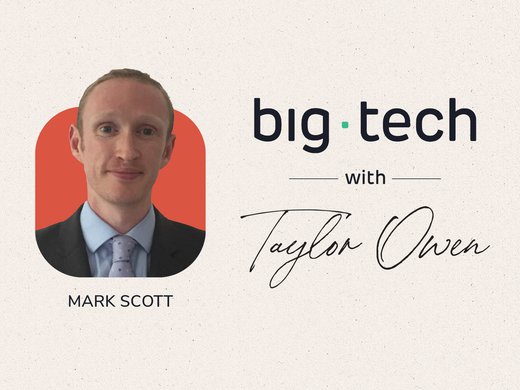The EU Artificial Intelligence Act (AI Act), passed on March 13, is a pioneering effort to fill a legal regulatory void with ethical, safety and rights-based standards for the adoption of AI. But as much as it is welcome, it is insufficient to address both the immediate and existential risks these technologies pose — and the harms they are already causing.
The AI Act sets legally enforceable limits on the types of permissible AI systems, risk assessment and transparency requirements, and penalties for failure of compliance. As such, it marks an important step forward from the vastly inadequate voluntary ethical and safety standards we’ve seen in various jurisdictions, such as the United States, so far.
But failing to address the harms that have already been caused by the rapid proliferation of these technologies, from the theft of intellectual property (IP) and the rise of synthetic media-making tools to the impacts of unaccountable algorithmic decision-making and facial recognition systems, means these harms may be irreversible by the time the law comes into effect.
The act has a tiered timeline for implementation and enforcement, meaning it won’t be fully applicable until two years after it goes into force. Corporations will have three years to meet all of the obligations for high-risk systems.
This extended timeline could prove fatal to achieving the act’s goals, especially when it comes to protecting democracy. The European Union and at least 64 countries representing nearly half of the world’s population are holding elections this year amid a proliferation of AI-propelled mis- and disinformation, massive closures of news outlets and layoffs of journalists around the world. The consequences of this will already be felt by the time the EU AI Act goes into full force.
That said, the act does offer a glimmer of hope. A pivotal part of the legislation mandates that covered companies publish information about the content they used for training AI models and requires that they comply with European copyright laws. That has enormous implications for the future business of journalism and, by extension, democracy.
The requirement appears consequential for journalists, news publishers, artists and workers in creative industries around the world who have seen their work used to build some of the most valuable companies ever, even as many of their professions are on the brink of extinction.
The act could essentially compel AI companies to develop the technology required to track their use of rights-protected content, obtain a licence or provide compensation.
This raises some critical questions: large language models (LLMs) and generative AI search and content creators are already built on the wide-scale theft of IP. It is not clear whether AI companies will be forced to comply with the EU AI Act retroactively, but at least it will apply to “partnerships” with tech firms based outside the European Union.
French AI start-up Mistral, for example, inked a US$2 billion deal with Microsoft last month, focused on the development of LLMs, and has indicated its future projects will not be open-source like its previous models. But both companies will be subject to the AI Act since they operate in the European Union.
Requiring authorization from rights holders for use of their content, the act opens the door to content creators for licensing deals or compensation. A statement by a coalition of European cultural, creator and publisher organizations representing thousands of rights holders, including many based outside of the European Union, called it “a first step for rightsholders to enforce their rights.”
To be sure, the act contains a caveat, “unless relevant copyright exceptions and limitations apply,” that could impede news publishers’ ability to require authorization and, by extension, compensation. And there’s an exception that permits “temporary acts of reproduction which are an essential part of a technological process.” How this applies to developing and training AI models remains unclear and highly contested.
Nonetheless, it’s undeniably positive that the act’s transparency requirements will allow publishers and creators worldwide to peer under the hood of the foundation models on which the generative AI revolution has been built. Transparency will also help strengthen efforts to combat monopoly power in the AI sector, which is already highly concentrated, making it the biggest threat, given the impunity it grants tech companies that pollute our information ecosystem.
Ensuring that journalism remains viable and that the news industry can adapt to the AI era should be a key goal as this legislation is implemented. The existential risk that AI poses to the viability of journalism, given its role in democracy, should be front and centre in the implementation of this first-of-its-kind AI legislation.
This article was first published by Tech Policy Press.



